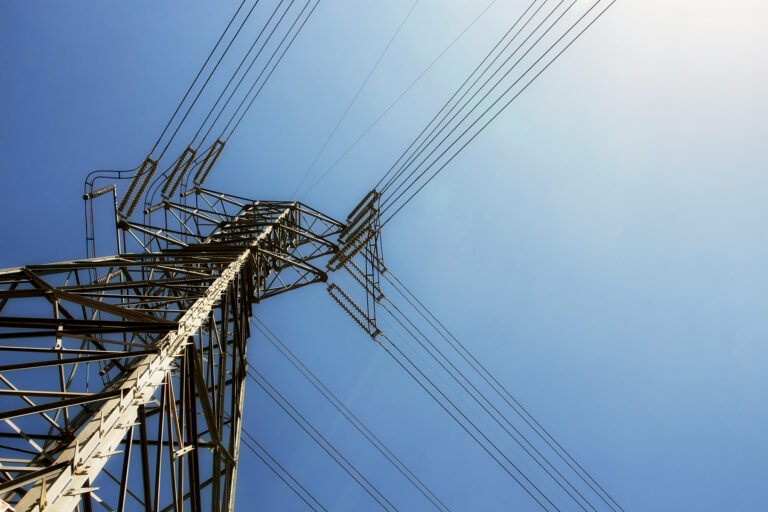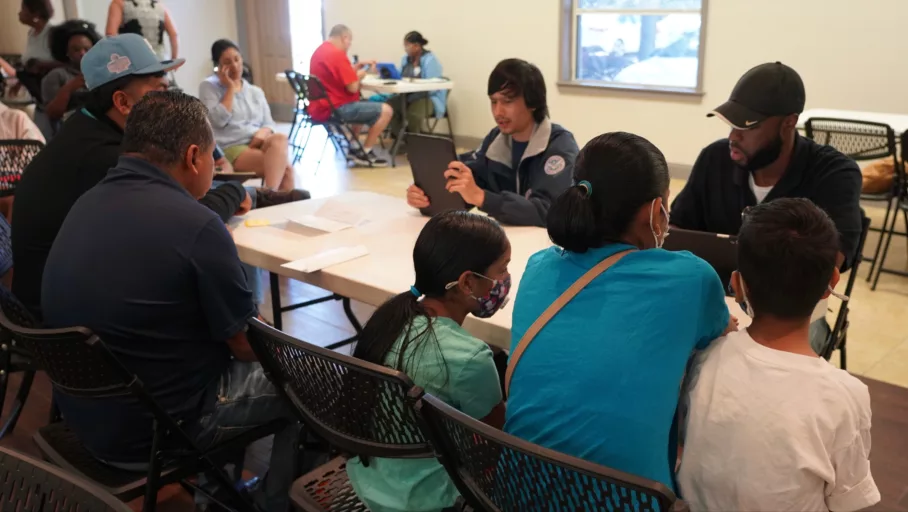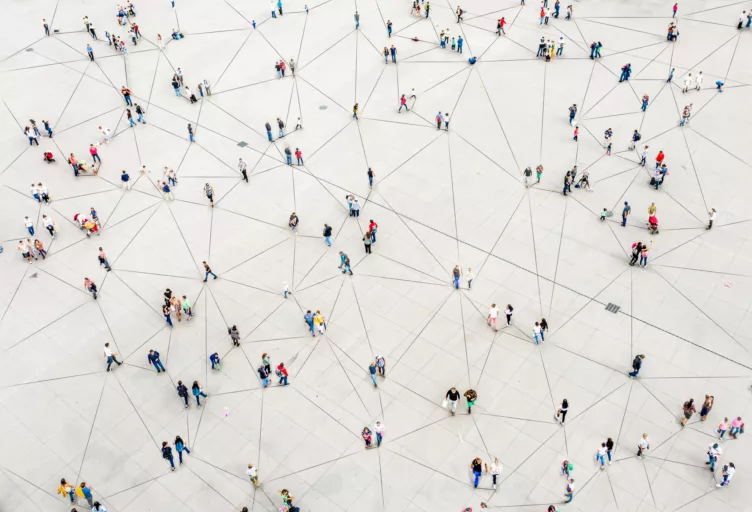EMERGENCY MEDICAL SERVICES
- Articles
- Emergency Management
- Emergency Medical Services
- Feature
- Fire
- Hazmat
- Hospitals
- Law Enforcement
- Military
- Public Health
Mental Awareness to Enhance Preparedness
Athletes often hear, “Get your head in the game.” The same applies to preparedness. Without focused mental agility in any emergency management phase, especially preparedness and response, mistakes or subpar performance are likely. The challenge is knowing how to get in the game and be at peak performance during critical incidents and stressful days. Elevating the Need for Mental Fitness Emergency managers, public health officials, and first responders often stress the importance of physical…
MOST Recent

Interoperability During Mass Casualty Incidents
Charles J. Guddemi and Catherine L. Feinman
April 3, 2024
During a mass casualty incident, response agencies must be able to communicate in real-time. This means that interoperability plans need to include everyone involved in the response. One lesson learned from past incidents is that hospitals are an often overlooked “responder.” Learn what one agency is doing to close this

Support and Planning Inside 911 Centers
Heather McGaffin
March 13, 2024
In an emergency, call 911. This simple instruction is easy to remember, but many do not know about the people, training, and technology required to make this lifesaving tool available 24-7. Learn about what happens inside the four walls of an emergency communications center and the strategic planning every community

Protecting Infrastructure – Cyber, Physical, and EMP Attacks
David Winks
February 21, 2024
Imagine 3,500 spiders, each with their own style, getting together to create a giant web. That’s how this author describes the U.S. power grid and the complexities related to protecting the nation’s critical infrastructure from cyber, physical, and electromagnetic pulse attacks.

Beyond Patient Care: Family Reunification Planning for Hospitals
Michael Prasad
January 17, 2024
To meet a community’s mass care family reunification needs after a disaster, hospitals and other healthcare facilities must have plans and procedures in place for mass casualty incident response, which goes beyond patient care. Here are some recommendations for them to develop a collaborative strategic plan.
EMERGENCY MEDICAL SERVICES ARCHIVES
Multimodal Transportation Perspectives
Nathan DiPillo and Derek Kantar
January 17, 2024
Without transportation and communications, emergency response can move at an uncomfortably slow pace, enough so that life, property, and the environment may be unnecessarily compromised.
Emerging Technologies, Part 5 – Legal and Privacy Concerns
Ian Pleet
November 8, 2023
This is Part 5 of a five-part series on emerging technologies that can enhance the management of and response to future emergencies and disasters. This
The Race to Interoperability
Charles J. Guddemi and Catherine L. Feinman
November 1, 2023
The Boston Marathon Bombing demonstrated the dedication, commitment, and strength of those who responded that day. The lessons learned from that event continue to strengthen
Emerging Technologies, Part 4 – Robotics and Automation
Ian Pleet
November 1, 2023
This is Part 4 of a five-part series on emerging technologies that can enhance the management of and response to future emergencies and disasters. This
Healthcare and Public Health Sector Perspectives
Tanya M. Scherr and Daniel Scherr
October 25, 2023
According to the U.S. Centers for Medicare and Medicaid Services, National Health Expenditures (NHE) accounted for $4.3 trillion, or 18.3% of the U.S. gross domestic
Emerging Technologies, Part 3 – AI and Machine Learning
Ian Pleet
October 25, 2023
In Part 3 of a five-part series on emerging technologies, the author focuses on the roles of artificial intelligence and machine learning in responding to
Follow Us
Get Instant Access
Subscribe today to Domestic Preparedness and get real-world insights for safer communities.
EMERGENCY MEDICAL SERVICES
- Articles
- Emergency Management
- Emergency Medical Services
- Feature
- Fire
- Hazmat
- Hospitals
- Law Enforcement
- Military
- Public Health
Mental Awareness to Enhance Preparedness
Athletes often hear, “Get your head in the game.” The same applies to preparedness. Without focused mental agility in any emergency management phase, especially preparedness and response, mistakes or subpar performance are likely. The challenge is knowing how to get in the game and be at peak performance during critical incidents and stressful days. Elevating the Need for Mental Fitness Emergency managers, public health officials, and first responders often stress the importance of physical…
Most Recent

Emerging Technologies, Part 2 – Uncrewed Vehicles
Ian Pleet
October 18, 2023
Part 2 of a five-part series on emerging technologies focuses on technologies designed to perform tasks and reduce human risk.

Emerging Technologies, Part 1 – Information and Communication
Ian Pleet
October 10, 2023
This is Part 1 of a five-part series on emerging technologies that can enhance the management of and response to

Reducing Workplace Violence in Healthcare Facilities
Corina Solé Brito
September 27, 2023
Violence in healthcare facilities significantly challenges patients, providers, support staff, visitors, and first responders. However, healthcare-specific information and tools can

Planning for A Cross-Country Special Event
Mark Howell and Laurel J. Radow
September 27, 2023
A solar eclipse is a unique form of special event that does not always fall under emergency planning protocols, but
EMERGENCY MEDICAL SERVICES Archives
Long-Term Care Facilities in Emergency Preparedness Planning
Tanya M. Scherr and Daniel Scherr
July 19, 2023
An important part of community emergency preparedness planning includes long-term care facilities such as nursing homes, dialysis, home care centers, or hospice facilities. Plans must
Inside the “Boot Camp” for Emergency Managers
Michael Valiente
July 12, 2023
The first cohort of the Texas Emergency Management Academy has graduated. Learn about the components of this unique and comprehensive 8-month program from the perspective
Swatting: Combatting a Lethal and Expensive Prank
Daniel Scherr and Tanya M. Scherr
June 14, 2023
May 3, 2023, saw a rash of hoax calls claiming to report active shooters in schools across Tennessee. While the calls initially affected the Middle
Service Animal Awareness in Disaster Response
Melissa Resnick
June 7, 2023
Although they are companions to their human partners, service animals are not pets. Instead, they are trained to perform specific daily tasks, which are
Covenant School – Reviewing Another Tragic Shooting
Tanya M. Scherr and Daniel Scherr
April 19, 2023
The Covenant School shooting is another reminder of active shooter trends. This article reviews the chain of events from that tragic event, post-incident reviews, and
Biosafety Laboratory Issues and Failures
Robert C. Hutchinson
April 12, 2023
Concerns regarding unexpected biological incidents and their public health implications were discussed in a 2014 Domestic Preparedness biosecurity and bioterrorism article. From the improper possession
Follow Us
Get Instant Access
Subscribe today to Domestic Preparedness and get real-world insights for safer communities.



